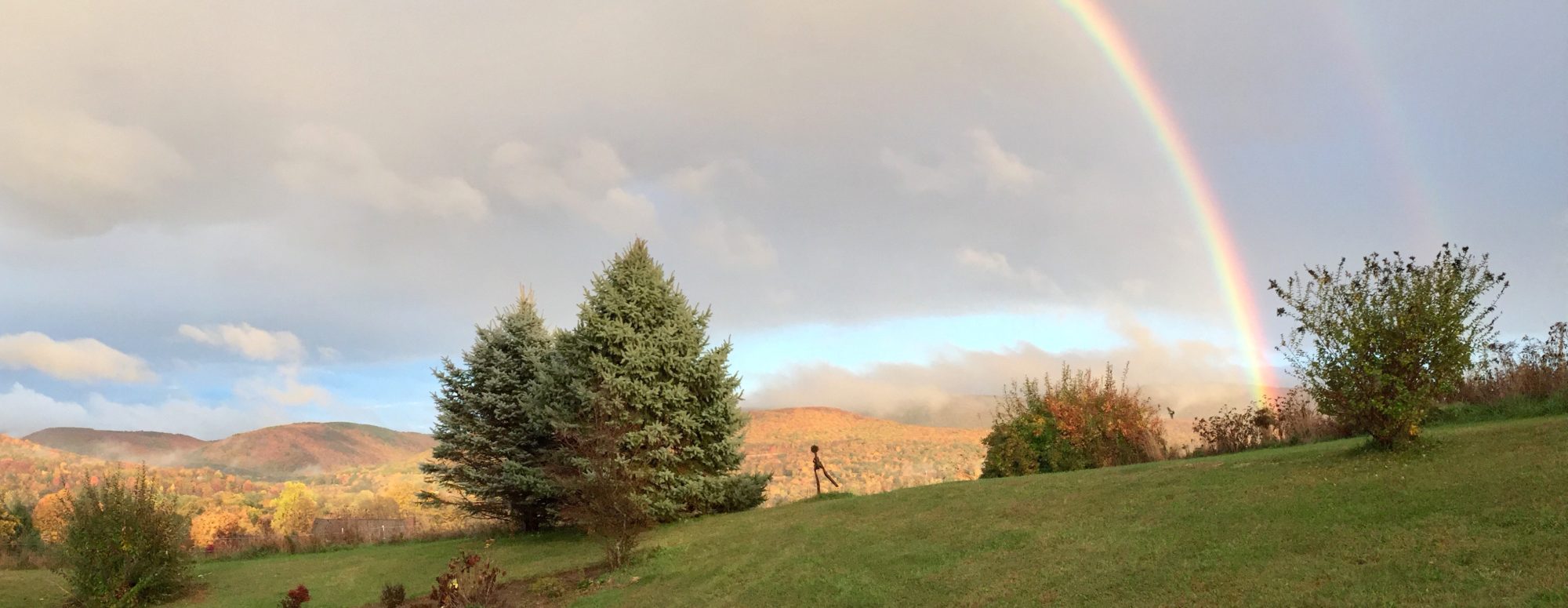 Chakras are considered to be the loci of life’s energy or prana. (Shakti, qi or ki) They vitalize the physical body as they flow along the energy channels by integrating our emotional, physical and mental natures. They are associated with the many physiological functions of the body including the various organs and endocrine glands.
Chakras are considered to be the loci of life’s energy or prana. (Shakti, qi or ki) They vitalize the physical body as they flow along the energy channels by integrating our emotional, physical and mental natures. They are associated with the many physiological functions of the body including the various organs and endocrine glands.
Chakras can be thought of as data bases (Carolyn Myss) where your life’s experience and emotions are filtered.
One modern teacher (Tenzin Wangyal Rinpoche) describes the seven chakras as hard drives with many files (petals)
Focusing on a specific chakra during meditation or when practicing a specific asana may be a way to open a channel or file that is blocked. For example when you are constantly in your head, the energy flow to the head increases and the flow to the heart may lesson. Anxiety may result when feelings of the heart are not nourished, resulting in energetic imbalance.
Each Chakra has its unique characteristics such as color, sound, shape, element, issue, right, deity, meaning, orientation to self and location in the body.
 It may be helpful to think of your spinal canal, as a tunnel of light, and the chakras as a string of gems, or flower, each radiating its specific color and energy.
It may be helpful to think of your spinal canal, as a tunnel of light, and the chakras as a string of gems, or flower, each radiating its specific color and energy.
7th (Sahasrara)-Violet-thought –crown, top of head, cerebral cortex. “ To know”
6th(ajna)-indigo-light-brow, forehead, brain, eyes, third eye –“to see clearly”.
5th (Vissudha)-Sky Blue-sound-neck, jaw, mouth and ears. “To speak and be heard”
4th (Anahata)-Green-air-heart, chest, breasts and arms. “ To love and be loved.”
3rd (Manipuri)-Yellow-fire-solar plexus, abdomen, digestive organs. “ To act”
2nd (Svadhisthana)-Orange-water-Pelvis, bladder, genitals, hips and low back. “To feel and desire”.
1st (Muladhara)-Red-earth-base of spine, peritoneum, legs feet and bones-“to be here, to have”
“The BODY is the vehicle, CONSCIOUSNESS is the driver, YOGA is the path, CHAKRAS are the map, CORE is the key and the MOMENT is NOW.”

Credit: Wellcome Library, London. Wellcome Images
images@wellcome.ac.uk
http://wellcomeimages.org
Illustration of the six chakras of tantric yoga in Sanskrit and Hindi.
One of eight col. plates drawing explicit parallels between the yogic view of chakras etc., and the medical/anatomical view of the body.
Svamihamsasvarupakrtam Satcakranirupanactiram :
bhasyasamalamkrtam bhasatikopetan ca = Shatchakra niroopana chittra with bhashya and bhasha containing the pictures of the different nerves and plexuses of the human body with their full description showing the easiest method how to practise pranayam by the mental suspension of breath through meditation only ; by Shri Swami Hansa Swaroop.
Sanskrit MS 391.
190? Svamihamsasvarupakrtam acakranirupaacitram : bhayasamalamkrtam bhaaikopetañ ca = Shatchakra niroopana chittra with bhashya and bhasha containing the pictures of the different nerves and plexuses of the human body with their full description showing the easiest method how to practise pranayam by the mental suspension of breath through meditation only ; by Shri Swami Hansa Swaroop.
Hamsasvarupa
Published: [190?]
Copyrighted work available under Creative Commons Attribution only licence CC BY 4.0 http://creativecommons.org/licenses/by/4.0/
by Franny Alexander
Peace Mountain Yoga
Feb. 5th, 2014
References: Wikipedia.
The Sevenfold Journey by Anodea, Judith and Selena Vega
Yogava-Online Yoga Classes with Robyn Regula
Cindy Vannoy, RYT-Yoga at Space
Additional reading on the Chakras: Wheel of Life and Eastern Body, Western Mind by Anodea, Judith.


Franny,
Thank you for sharing this informative piece. I confess that the little I understood about chakras prior to reading this I learned from a children’s cartoon (Avitar).
That was the best explanation of Chakras . Thank you so much for sharing that information